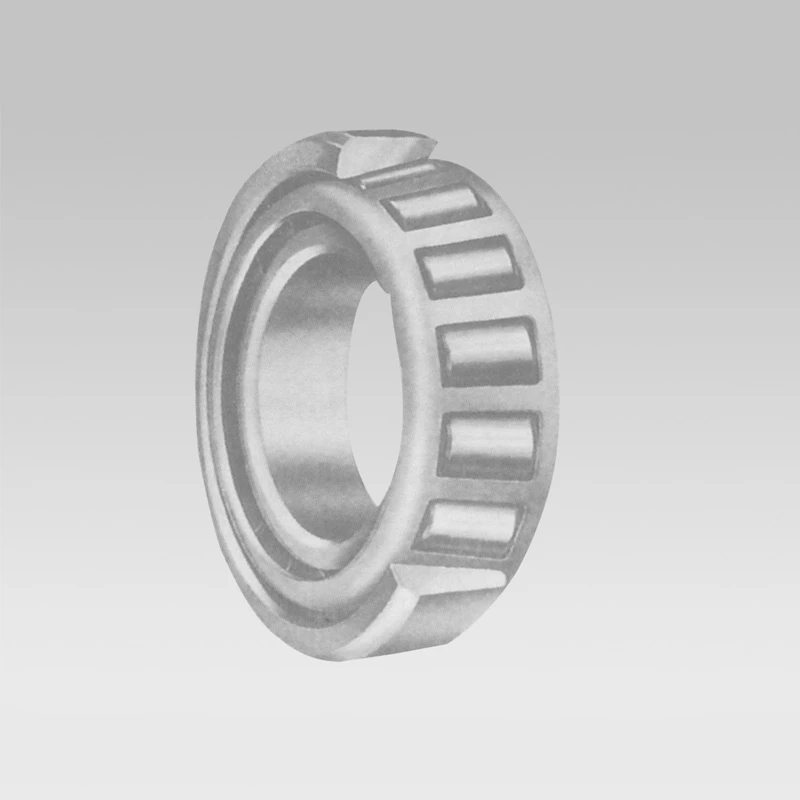
Nov . 14, 2024 21:22 Back to list
what is a thrust bearing
What is a Thrust Bearing?
A thrust bearing is a specialized type of bearing designed to support axial loads, which are forces that are applied parallel to the shaft of a rotating element. Unlike radial bearings, which support loads perpendicular to the shaft, thrust bearings are ideal for applications where the primary forces act along the axis of the shaft. Understanding thrust bearings is crucial in various engineering and mechanical applications, including automotive, aerospace, and manufacturing industries.
Types of Thrust Bearings
Thrust bearings come in several designs, each suited for specific applications. The most common types include
1. Ball Thrust Bearings These bearings use balls to maintain the separation between the bearing faces. They are capable of handling moderate axial loads and have relatively low friction, making them suitable for applications such as electric motors and gearboxes.
2. Roller Thrust Bearings These employ cylindrical rollers instead of balls and can support heavier axial loads. Due to their design, roller thrust bearings have a larger contact area, which helps distribute the load more evenly. They are widely used in construction machinery and heavy-duty applications.
3. Fluid Thrust Bearings These use a thin film of fluid to support the load, creating a near-frictionless environment. This type of bearing is often found in high-speed machines or where minimal wear is desired, such as in aerospace applications.
4. Magnetic Thrust Bearings Utilizing magnetic fields to support loads, these bearings operate without physical contact. Magnetic thrust bearings are typically used in advanced technologies, such as magnetic levitation systems and high-speed turbines.
what is a thrust bearing

How Thrust Bearings Work
Thrust bearings function by providing a surface for components to rotate without excessive friction. When a force is applied, the bearing transfers the axial load through its rolling elements (balls or rollers) to the housing or casing. The contact points between the rolling elements and the races create a balance that allows smooth movement while minimizing wear and tear.
In operation, thrust bearings must be lubricated to reduce friction and dissipate heat generated by the moving parts. Lubrication can be achieved through various means, including oil, grease, or even specialized engine oils, depending on the application's requirements.
Applications of Thrust Bearings
Thrust bearings play a critical role in a wide range of applications. In automotive engines, for instance, they support the drive mechanisms and help maintain the alignment of shafts under heavy loads. Similarly, in wind turbine gearboxes, thrust bearings manage the axial loads produced by the rotor blades, ensuring longevity and efficiency.
Moreover, thrust bearings are also employed in marine applications, such as ship propeller shafts, where they support significant axial loads while resisting corrosion from seawater. Their ability to manage heavy loads and offer resistance to wear and fatigue makes them invaluable in various sectors.
Conclusion
In summary, thrust bearings are essential components that support axial loads in rotating machinery. Their designs and materials vary to accommodate different applications, from light-duty electric motors to heavy-duty industrial machinery. Understanding the function and importance of thrust bearings is vital for engineers and technicians involved in the design, maintenance, and operation of mechanical systems. By utilizing the right type of thrust bearing in a given application, industries can enhance machinery efficiency, reduce wear, and extend service life. Whether in the automotive industry, aerospace sector, or any other field requiring precise load management, thrust bearings remain a cornerstone of mechanical design and reliability.
Latest news
-
Premium Deep Groove Ball Bearings | High Speed & Reliability
NewsAug.29,2025
-
Durable Scaffolding Clamps - Secure & Reliable Tube Connectors
NewsAug.28,2025
-
Common Failures in Thrust Ball Bearings and Solutions
NewsAug.22,2025
-
How Tapered Roller Bearings Can Take Shock Loads
NewsAug.22,2025
-
Angular Bearings in High-Precision Spindles
NewsAug.22,2025
-
The Impact of Misalignment on Cylindrical Roller Bearing Performance
NewsAug.22,2025
